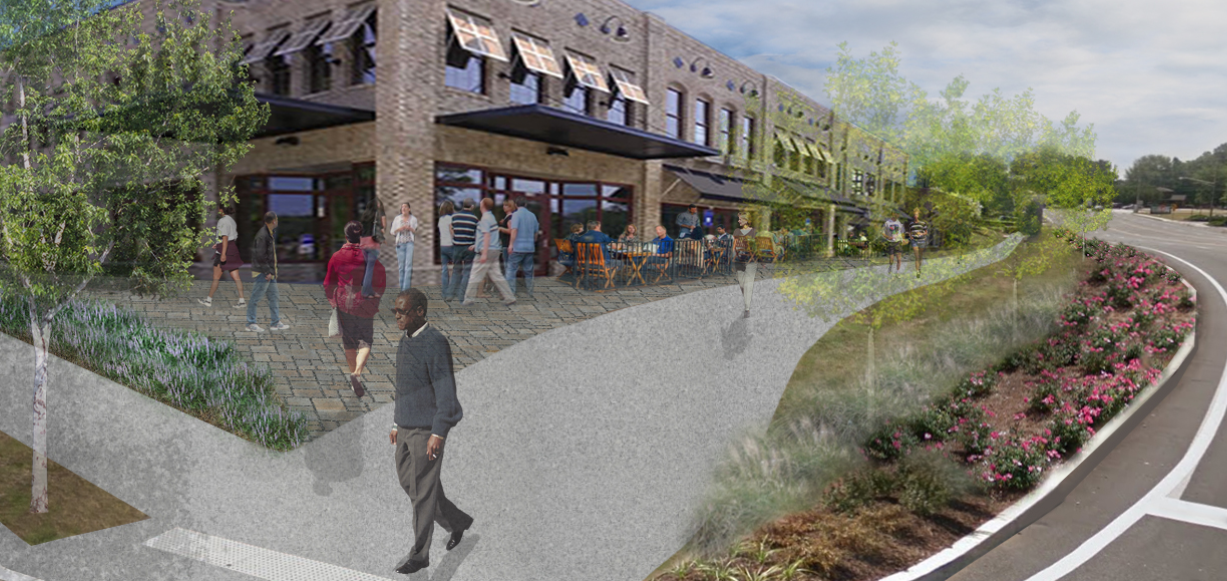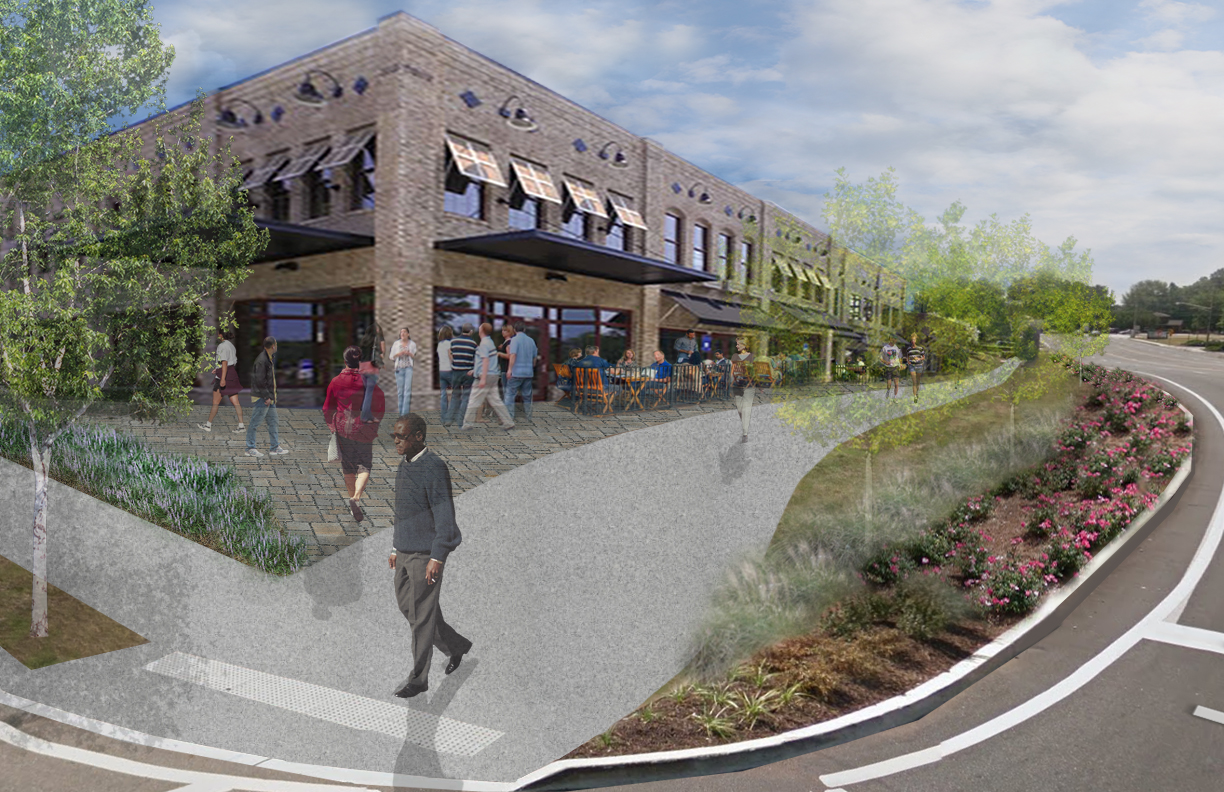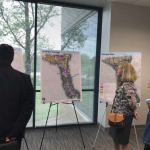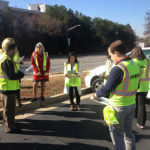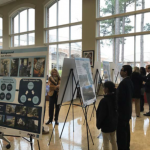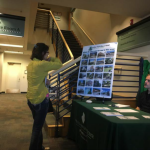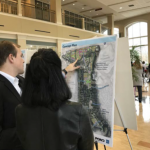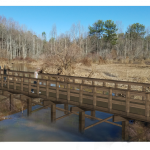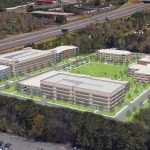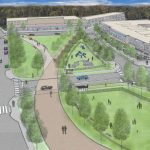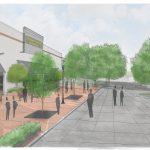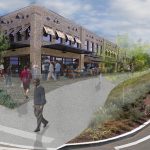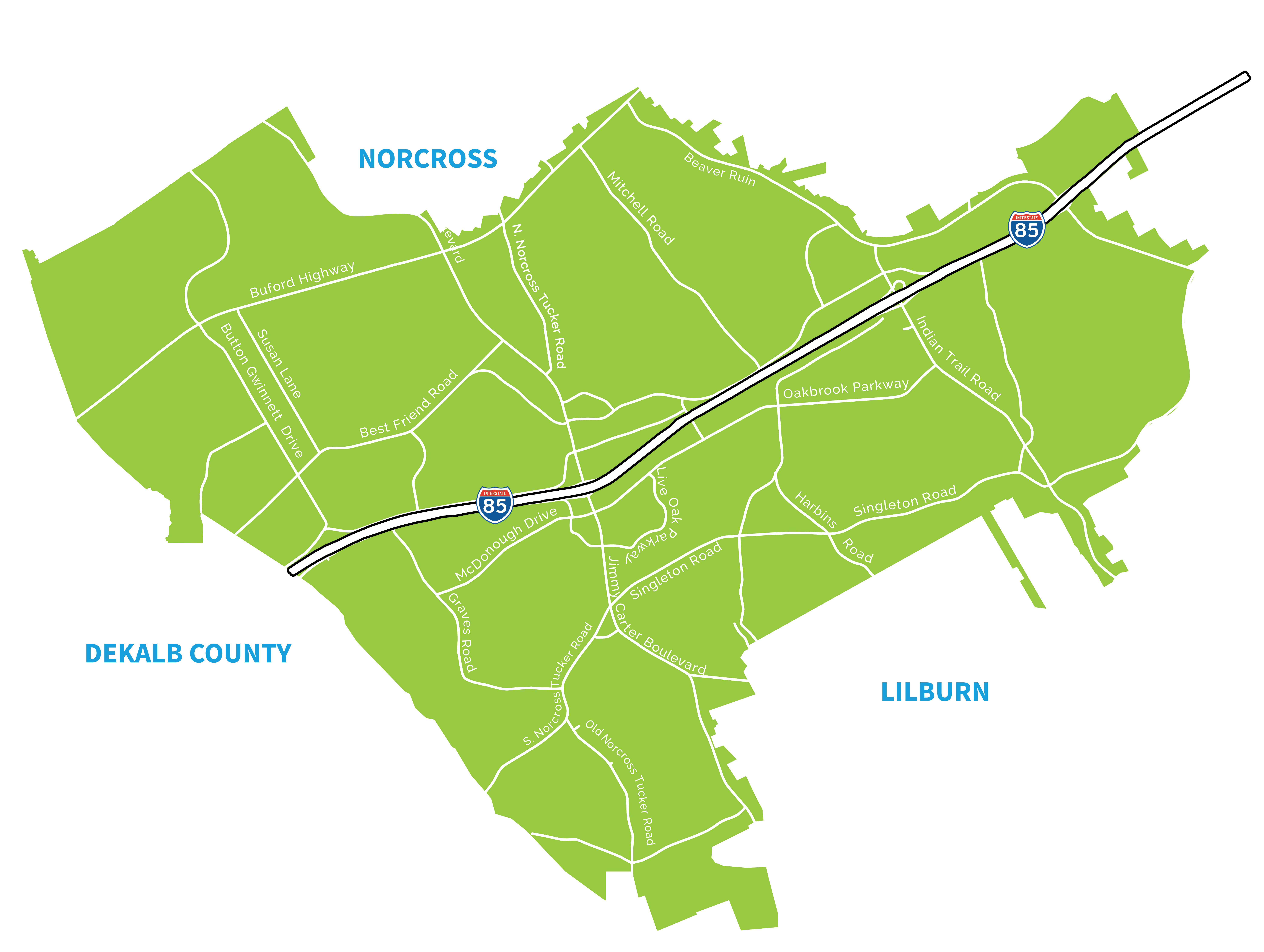Status: Complete
What is a Livable Centers Initiative?
The Livable Centers Initiative (LCI) is a program of the Atlanta Regional Commission (ARC) that awards planning grants on a competitive basis to local governments and nonprofit organizations for the enhancement of existing centers and corridors consistent with regional development policies. Through a Livable Centers Initiative (LCI) grant, the Gwinnett Village CID is developing a Master Plan for Jimmy Carter Boulevard to create a shared vision for the future of this corridor.
The Indian Trail area has been under study by Gwinnett Village CID, now Gateway85 Gwinnett, for more than 10 years. Early in 2016, the CID conducted a market study to better understand the economic realities along the Indian Trail corridor and to help inform the planning process.
Working with its research partners and the community, the Gateway85 Gwinnett CID developed short-, medium- and long-range recommendations in the areas of land use and transportation, resulting in a concept plan that includes:
Land Use:
- Introduce Mixed Use Neighborhoods
- Create Remarkable Places
- Re-adapt & Reuse Aging Facilities
- Increase Density (phasing down as you move away from I-85)
- Develop Amenities (trail, parks, etc)
Transportation:
- Restore Grid Pattern
- Fund Pedestrian Enhancements
- Develop Trail Network
For more details or to download the complete Indian Trail final report
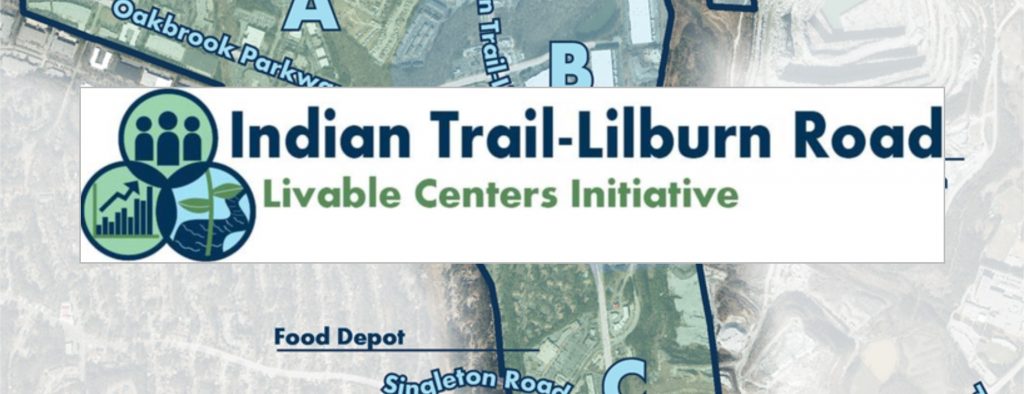
In 2017, Gateway85 completed a 10 year update to the Indian Trail-Lilburn Road LCI study. With the help of a project team lead by Pond & Co., Gateway85 identified a number of long term recommendations for the Indian Trail-Lilburn Road Corridor.
Market Study:
Early in 2016, Gateway85 contracted Bleakly Advisory Group to conduct a market study to better understand the economic realities along the Indian Trail corridor and to help inform the planning process.
Some of the interesting findings from that Market Study:
- The Indian Trail LCI Corridor has 7,926 residents,
- Indian Trail Market Area residents are young, with a median age of 31 years
- 53% of residents in the LCI Market Area are Hispanic or Latino.
- Household incomes are fairly modest.
- Education, administration and manufacturing are the Market Area’s top employment sectors.
- The LCI Market area has a higher proportion of higher-wage jobs than Gwinnett County.
- The LCI Market Area has 9.4 million square-feet of commercial real estate, of which 2.3 million square-feet (24%) is retail, 1.0 million square-feet (11%) is office, and 6.1 million square-feet (65%) is flex/industrial.
Public Engagement
Armed with those findings, Gateway85 and its consultant team set to work developing a realistic and implementable long range plan for the corridor. To ensure the desires of the existing business community as well as residents along the corridor were incorporated, the team planned a robust outreach effort that included: public meetings, on the street interviews, pop up public information events and surveys.
Some of the feedback received:
Most-Cited Positive Aspects:
- Accessibility to other nearby corridors and the wider
Atlanta region - Retail (quality, variety, access to, etc.)
- Greater Atlanta Christian School
- Restaurants (quality, variety, access to, etc.)
- Good appearance
Most-Cited Obstacles:
- Traffic
- Bad appearance/poor upkeep
- Low property values
- Unsafe activities/feeling
- Lack of retail (sometimes lack of high-quality/high-end
retail
Based on the market realities, public feedback and in-depth study of existing conditions, the team came up with long range recommendations in the areas of land use and transportation.
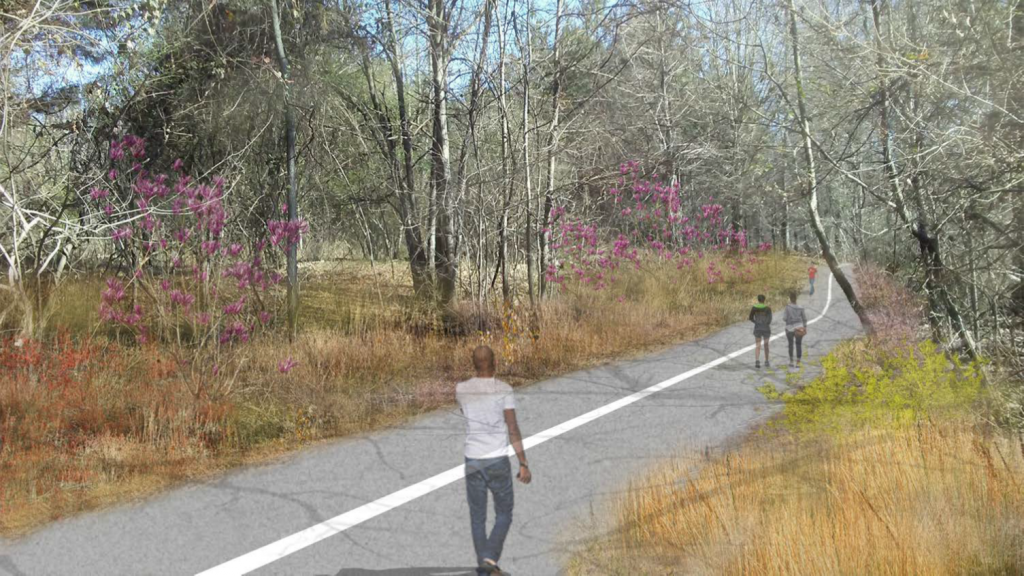
Concept Plan:
Land Use:
- Introduce Mixed Use Neighborhoods
- Create Remarkable Places
- Re-adapt & Reuse Aging Facilities
- Increase Density (phasing down as you move away from I-85)
- Develop Amenities (trail, parks, etc)
Transportation:
- Restore Grid Pattern
- Fund Pedestrian Enhancements
- Develop Trail Network
Overall, the study found a great deal of promise in the Indian Trail corridor. With investment in transportation improvements, amenities to improve the quality of the corridor experience and focus on diversified land use- the area could experience significant positive change in the years to come.

